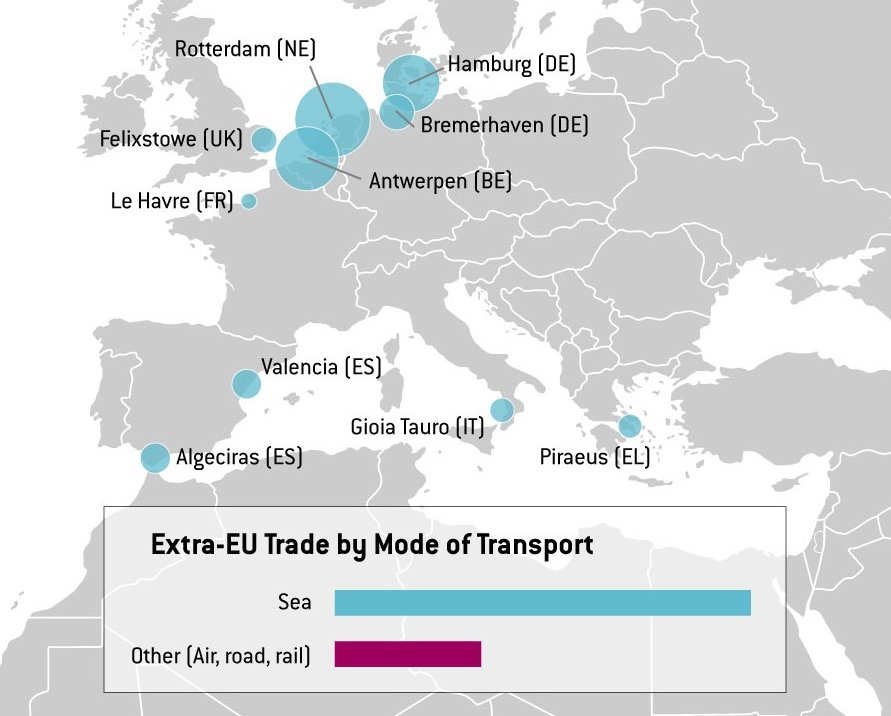The EU is currently working on a new framework for screening foreign direct investments (FDI). Maritime ports represent the cornerstone of the EU trade infrastructure, as 70% of goods crossing European borders travel by sea. This blog post seeks to inform this debate by looking at recent Chinese involvement in EU ports.
In September 2017 Jean-Claude Juncker, president of the European Commission, proposed a new EU framework for screening foreign direct investments (FDI), arguing that ‘if a foreign, state-owned, company wants to purchase a European harbour, part of our energy infrastructure or a defence technology firm, this should only happen in transparency, with scrutiny and debate’.
This proposal sparked a large debate in Europe over whether the EU should have the power to vet FDI and how this would work in practice.
In light of these events, we seek to inform this debate by looking at the figures of China’s involvement in EU maritime ports.Maritime ports are a vital asset for the competitiveness of the European economy. With over 70% of goods crossing European borders travelling by sea, ports are indeed the gateway to the EU. European ports employ 1.5 million people and currently handle €1,700 billion-worth of goods (Figure 1).
Figure 1 – Top ten European ports by container volume, 2016

Source: Bruegel.
EU ports have recently caught the attention of various Chinese corporations, as China undertakes infrastructure projects around the world as part of its Belt and Road Initiative (BRI).The BRI is an international infrastructure and trade development project led by the Chinese government in an effort to pursue greater cooperation and deeper integration of China into the world economy. It is, in the simplest sense, a vision to carry on the ‘Silk Road spirit’ – “communication and cooperation between the East and the West”.The “Belt” includes overland transportation routes spanning Eurasia that connect China, Europe, Russia, and the Middle East. The “Road” refers to maritime routes starting in China that go on to Sri Lanka, Pakistan, the Middle East, eastern African states and eventually end in the Mediterranean Sea and northern European countries....MUCH MORE
HT: naked capitalism
Related:
The Invisible Hand Touches Germany in No-no Place: China Grabs Putzmeister